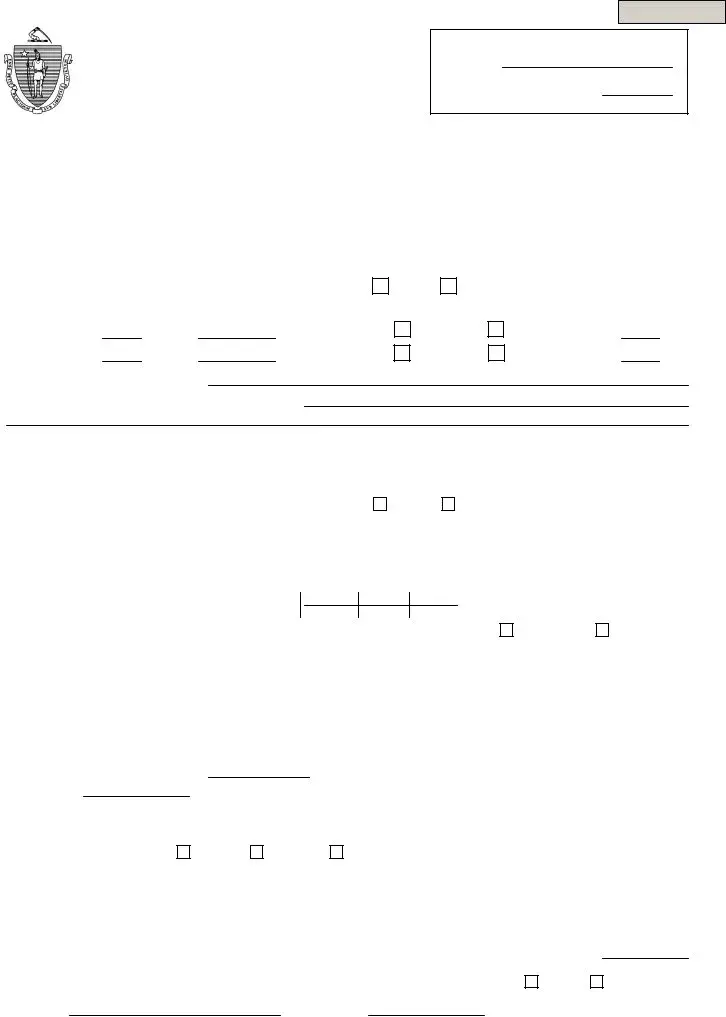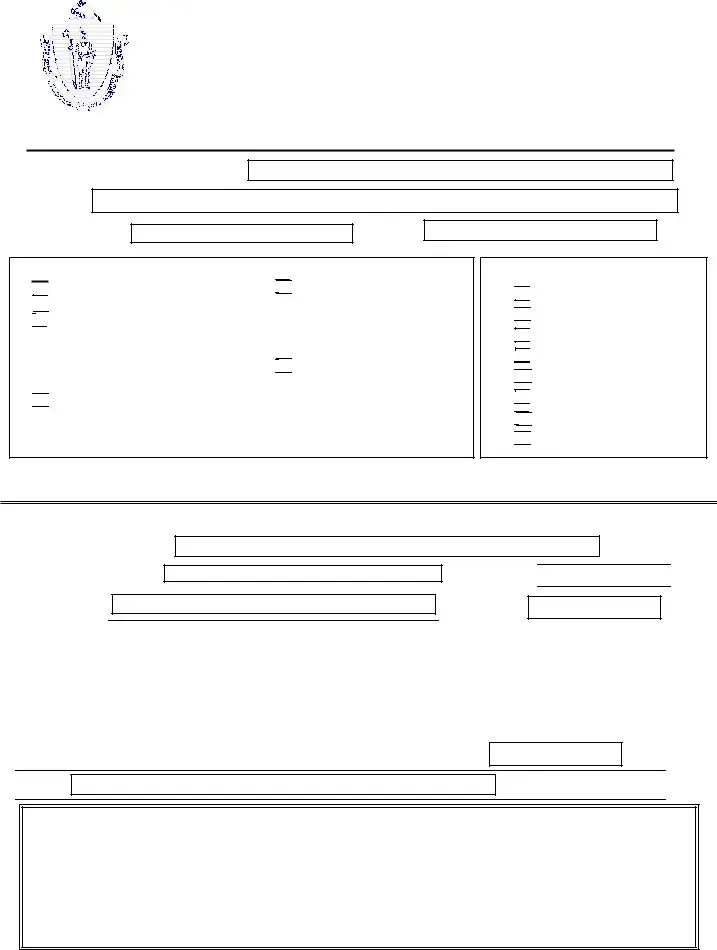What is the Massachusetts Permit Electrical form used for?
The Massachusetts Permit Electrical form is an official document used to notify the local Inspector of Wires about the intention to perform electrical work. This work must comply with the Massachusetts Electrical Code (MEC), 527 CMR 12.00. The form outlines details about the location, nature, and specifications of the intended electrical installations or alterations, including lighting, wiring, and power setups.
Who needs to fill out this form?
This form must be filled out by licensed electricians or individuals planning to perform electrical work in Massachusetts. It is required for both new installations and modifications to existing electrical systems. Homeowners who intend to undertake electrical work themselves should also fill out the form, adhering to the state's regulations and safety standards.
Is insurance coverage necessary for the issuance of an electrical work permit?
Yes, unless waived by the owner, proof of liability insurance, including "completed operation" coverage or its substantial equivalent, must be provided for the permit to be issued. This ensures that the electrician or firm performing the work is covered in case of accidents or damage resulting from the electrical work.
Can the permit application be waived for certain types of work?
Completion of the detailed table in the application, which lists the specifics of the electrical work, may be waived by the Inspector of Wires. However, this is at the discretion of the inspector and usually depends on the complexity and scope of the work being proposed.
What is the Workers’ Compensation Insurance Affidavit section for?
The Workers’ Compensation Insurance Affidavit section is required to verify that the applicant has workers’ compensation insurance coverage for their employees, as mandated by Massachusetts law. It is essential for employers to complete this section accurately to avoid legal penalties, including fines or imprisonment for failing to secure proper coverage.
What happens if a homeowner decides to perform the electrical work themselves?
Homeowners who choose to perform the electrical work themselves must still complete the permit application, including the Workers’ Compensation Insurance Affidavit section, indicating they're doing all the work personally and do not require workers' comp insurance. If they later decide to hire contractors, they must submit a new affidavit indicating the change.



 I am a employer with _________
I am a employer with _________


 I am a sole proprietor or partner- ship and have no employees working for me in any capacity. [No workers’ comp. insurance required.]
I am a sole proprietor or partner- ship and have no employees working for me in any capacity. [No workers’ comp. insurance required.]

 I am a homeowner doing all work myself. [No workers’ comp. insurance required.]
I am a homeowner doing all work myself. [No workers’ comp. insurance required.] 

 I am a general contractor and I have hired the
I am a general contractor and I have hired the 

 We are a corporation and its officers have exercised their right of exemption per MGL c. 152, §1(4), and we have no employees. [No workers’ comp. insurance required.]
We are a corporation and its officers have exercised their right of exemption per MGL c. 152, §1(4), and we have no employees. [No workers’ comp. insurance required.]
 New construction
New construction

 Remodeling
Remodeling
 Demolition
Demolition
 Building addition
Building addition

 Electrical repairs or additions
Electrical repairs or additions
 Plumbing repairs or additions
Plumbing repairs or additions

 Roof repairs
Roof repairs

 Other____________________
Other____________________
